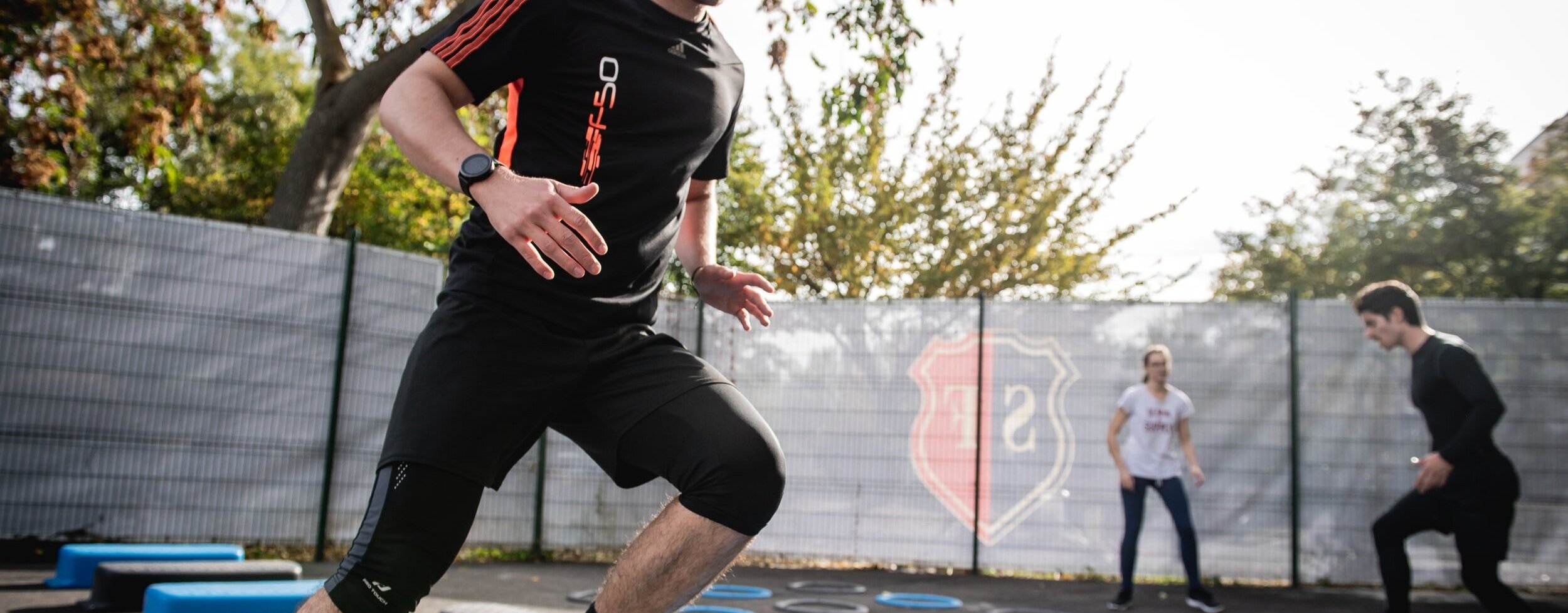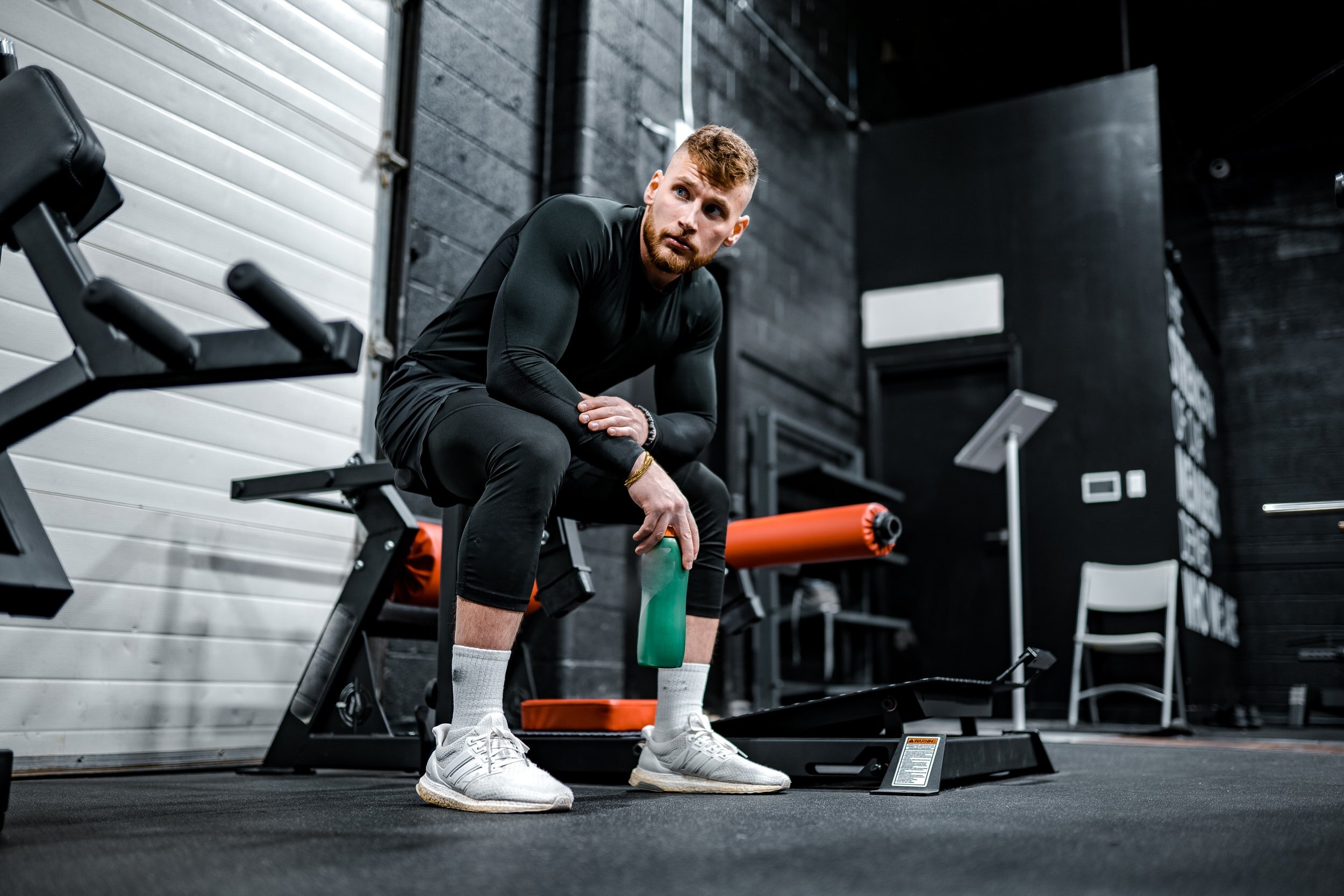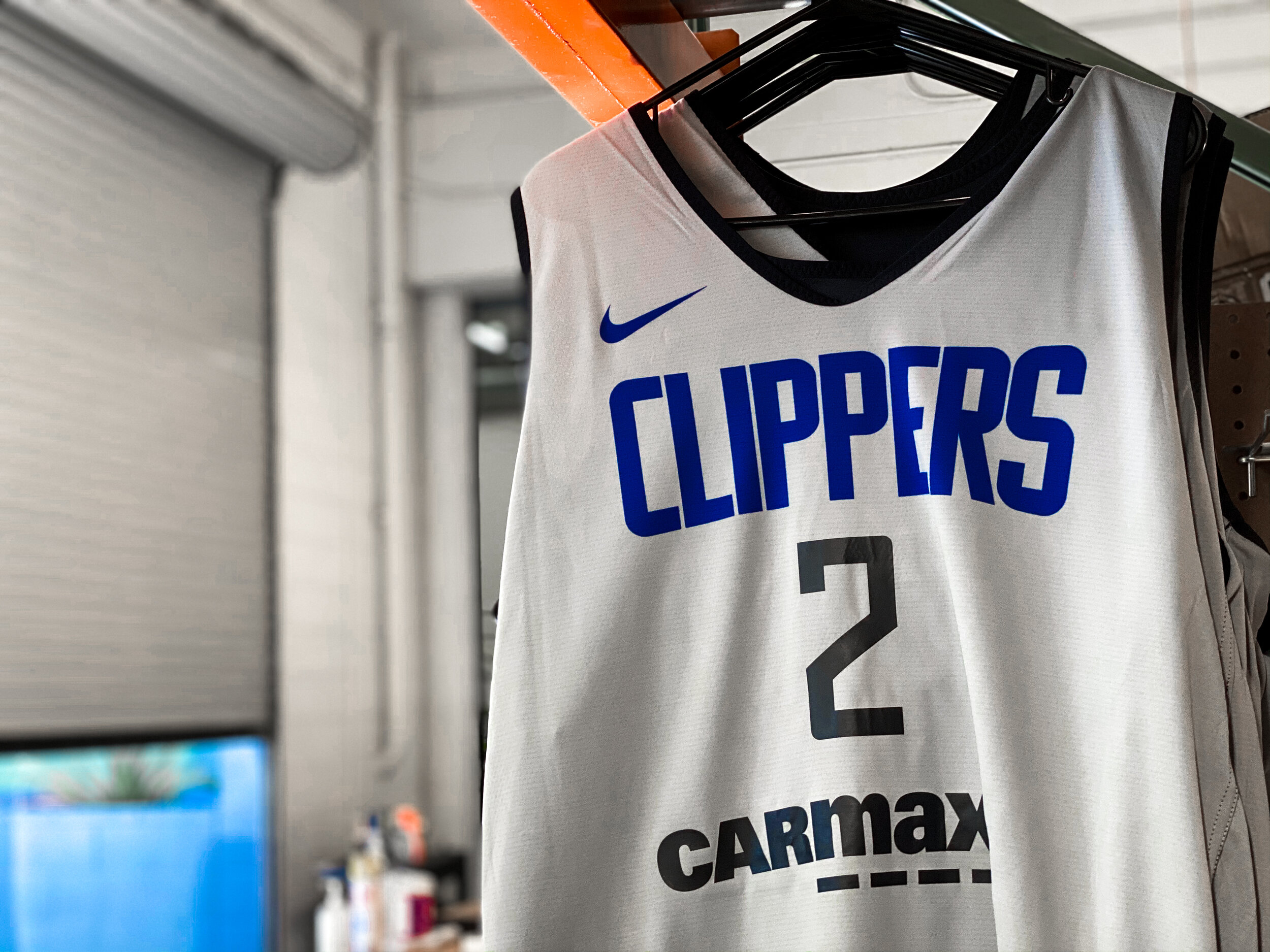We all love a comfy hoodie or sweatshirt and we depend on them in the winter months to keep us warm but also serve style. While blanks are a staple in most of our closets, you need a good graphic hoodie to make a statement and bring your outfit together. For most people, their hoodies will be their most treasured outerwear in their wardrobe. Hoodies and sweatshirts are versatile and can be worn on many occasions, so it’s no surprise that personalized hoodies are a popular choice among brands whose goals are to make a statement.
5 Steps To Design Your Own Hoodie
We’ll take you through critical steps to take when designing your own hoodie or sweatshirt. Whether you’re designing a hoodie for yourself or you’re designing a hoodie for your apparel brand, you will want to think about your budget first as this will dictate which of these recommendations to take into consideration.
1. Garment Type
First things first, choosing the type of garment can determine some of the criteria below. You have a range of options varying from Polyester to organic cotton. Organic cotton is environmentally friendly and tends to last longer, putting this option at the top of the price range but guarantees high-quality.
If high-quality is not as important and you want to get the most bang for your buck, a good option is a blend. Most hoodies are a blend of 80% cotton and 20% polyester or other synthetic materials. The blends are a good option in terms of breathability and flexibility.
2. Thickness
Weight and thickness are an important consideration when designing a hoodie, these decisions will determine how comfortable and warm your garment is. You probably want to create a quality product and it’s worth spending a little more for a thicker and softer fabric.
ranging from 280 to 350 GSM (grams per square meter), the top end being a chunky, heavyweight garment catering to those who want their garments especially thick. What to look for when buying a hoodie.
3. Design Application
So you have a cool design and you’re thinking, what is the best application? The application can depend on the design, for example, if your design has a lot of small, thinner lines screen printing would be perfect as opposed to embroidery for which the lines need to be a certain thickness.
Screen Printing is the most adaptable application for most brands as it allows a little more freedom with the type of design and depending on the number of colors used, it can also be a more affordable route.
If you’re printing a smaller amount of units and or have a more complex design such as a photo image, DTG (direct to garment) printing will probably be the best option.
4. Placement
This may sound like a no-brainer - front and center is the most popular placement, but doing something different can set you apart from the competition, or if you’re customizing just for yourself, it will set you apart from the crowd.
It’s also possible to print on the sleeve of your hoodies, which could be a good addition or alternative to printing straight on the front or the back.
One thing to note, however, is that printing on the sleeves is only possible with screen printing or a hand-held inkjet printing gun. The apparel printing gun is not something that is common and not a lot of print shops offers, but you can always ask!
5. Extra Customizations
Additional customizations include adding a visible tag to the cuffs, which can add a more personal and unique flair to a garment. Other extra customizations include adding a patch anywhere on the hoodie, for example, if your hoodie has a screen printed design on the back but you would like to add an additional logo or tagline to the front, you can always have an embroidered patch added. Patches are often rare on hoodies and that can be an attractive addition for buyers.
“If you’re looking for success with your design but can’t afford anything fancy – it doesn’t have to be. Only 14% of analyzed clothing stores had printed sleeves for their hoodies, for example. Another interesting fact – only 5% of the stores that have been studied have design placements on the back – and only 23% have graphics on the side of the pocket. Additionally, 50% of the designs are logos or quotes and 55% of the colors used are white and black.”
What Application Is More Durable?
While durability often depends on use, we think that there are other factors to take into consideration, such as the application. DTG Prints are more economical because there is usually no minimum and tend to be more sustainable, while screen printing requires a minimum amount of prints. Screen printing is technically more expensive and less sustainable.
With an embroidered design, you often need a high-quality fabric that is thick to avoid bunching and it can be hard to keep the shape of the design once the hoodie has been washed a few times. However, opting for an embroidered patch that is placed on the hoodie can be an excellent alternative.
Bottom line -
Figuring out your budget and the type of design you would like will determine which method to use. We recommend that if you have a big budget, always opt for the highest quality and the best durability. This will ensure that your brand will be well regarded and is known for high quality is what you want for a clothing brand. Additionally, the quality will dictate how much your customers are willing to pay.
Author: Irene Floridia - Content Creator
Share this article with your friends!
Follow us on Instagram and Facebook!
For FAQ, check out our site!
For any inquiries, send us a message!
OR
send us an e-mail at quotes@familyindustriesla.com
Our showroom at 2755 Fruitdale Street, Los Angeles, CA 90039 is open by appointment only from 10 am - 4 pm Monday through Friday.






















